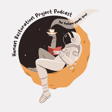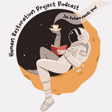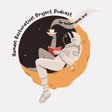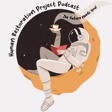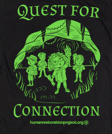
61: How to Teach Us, Authentic PBL w/ Brooke Tobia and Students
In this podcast, we are joined by Brooke Tobia and her two students, Olivia and Avery. Together, they've co-developed and written the book How to Teach Us: A Guide for Teachers Written by Students. Working in a PBL environment, roughly 60 6th grade students between Brooke and her co-teacher researched, wrote, and published this work which is available via Amazon. Within, you'll find slews of information, gathered from interviews with students, that explains how different students learn and effective teaching methods.
It can’t be stressed enough how authentically this work demonstrates the power of experiential learning. These students are engaged, motivated, curious, and acting purposefully. They see the power in their work and want to share it. They’re working cooperatively to help each other. And ultimately, they’ve built something together that can have a lasting impact. Maybe this podcast will spawn a wave of collaborative book publishing?
GUESTS
Brooke Tobia, a 6th grade STEM educator at High Tech Middle North County, who masterfully incorporates experiential learning into her courses. She’s joined by two of her 6th grade students, Olivia and Avery.
RESOURCES
- How to Teach Us: A Guide for Teachers Written by Students
- Amazon Kindle Direct Publishing
- Student Interview Questions
